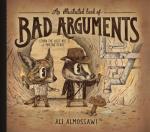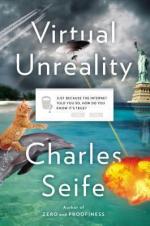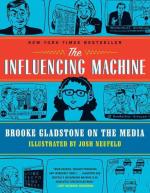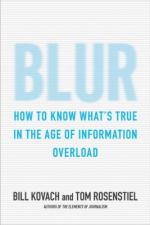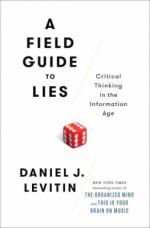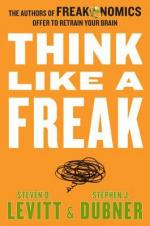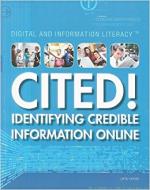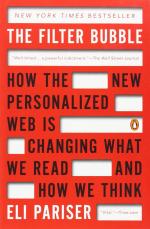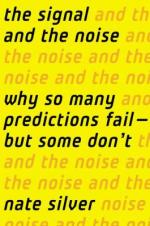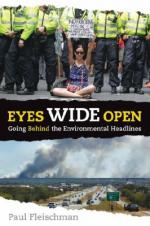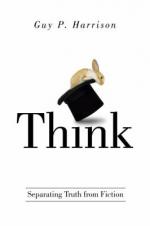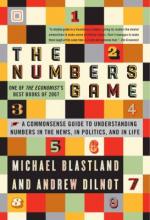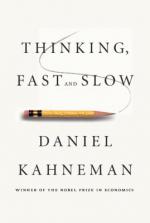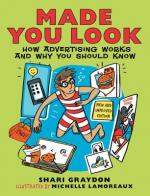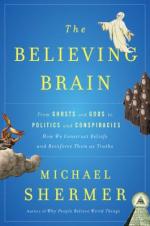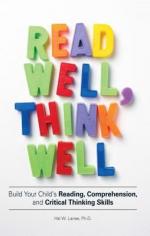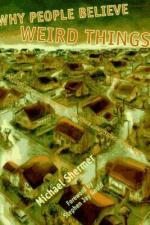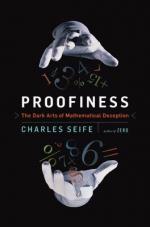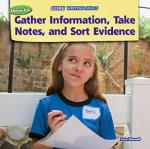July 31, 2017 | melissa c
Need help navigating the daily glut of information? These books offer useful strategies, quick tips, and funny stories to help you determine truth from falsehood, likely from unlikely, and serious from silly.
Have you read (or stumbled into) one too many irrational online debates? This handy guide is here to bring the internet age a much-needed dose of old-school logic (really old-school, à la Aristotle).
The bestselling author of Proofiness and Zero explains how to separate fact from fantasy in the digital world. Seife seeks not to rail against the Internet, but to act as a guide for the skeptic [with] a handbook for those who wish to understand how digital information is affecting us. Readers of this disturbing but entirely convincing account need to remind themselves that the Internet is pretty useful, but they will not deny that it teems with garbage. -Kirkus Reviews
Though the graphic format employed here is often playful and always reader friendly, this analysis of contemporary journalism is as incisive as it is entertaining, while offering a lesson on good citizenship through savvy media consumption. -Kirkus Reviews
Kovach and Rosenstiel are respected newspaper veterans, though their concern here is not with the survival of the print medium but with the principles that distinguish news of depth and value from finger-pointing opinion, special-interest propaganda and uninformed gossip. -Kirkus Reviews
Levitin (The Organized Mind) equips readers with tools to combat misinformation -- bad data, false facts, distortions, and their ilk -- in this useful primer on the importance of critical thinking in daily life. -Publishers Weekly
Co-authors Levitt (Economics/Univ. of Chicago) and journalist Dubner (Super Freakonomics: Global Cooling, Patriotic Prostitutes, and Why Suicide Bombers Should Buy Life Insurance, 2009, etc.) continue on their mission to get people to think in new ways in this lively book about decision and persuasion. -Kirkus Reviews
It's easy to feel lost in the abundance of information that is made available through the Internet. This crucial book arms readers with the right tools to determine which online sources are credible and which are not. Engaging and informative, it allows them to identify valid, factual information from unsourced statements, misinformation, and outright falsehoods.
An eye-opening account of how the hidden rise of personalization on the Internet is controlling, and limiting the information people consume.
The founder of FiveThirtyEight.com challenges myths about predictions in subjects ranging from the financial market and weather to sports and politics, profiling the world of prediction to explain how to distinguish true signals from hype.
Newbery Medalist Fleischman urges readers to think critically and broadly about the world. Throughout, Fleischman gives readers a toolbox of deciphering skills with which to recognize -for starters- the vested interests that guide decisions made by those in power, media and PR distortions, and both real and shadow solutions. -Publishers Weekly
This accessible and introductory guide to critical thinking will help you think like a scientist, learn to question everything, and understand how your own brain can trip you up. This fresh and exciting approach to science, skepticism, and critical thinking will enlighten and inspire readers of all ages.
Americans are assaulted by numbers, whether it's the latest political poll or most recent clinical study on caffeine. But what do these numbers really mean and are they communicating a categorical truth? Blastland and Dilnot, from the BBC radio show More or Less, embark on a monumental task of interpreting numerical data and showing how its misinterpretation often leads to misinformation. -Publishers Weekly
Explains the two systems that drive the way we think; system one is fast, intuitive, and emotional, and system two is slower, deliberative, and logical and discusses how the two systems shape our judgments and decisions.
This lively analysis seeks to raise preteens' awareness of themselves as targets and vectors of advertising messages. Brimming with anecdotes, facts, and quotes (In our factory, we make lipstick; in our advertising, we sell hope), the text covers controversial programs that bring ads into the schools, and describes traditional marketing methods as well as stealth techniques... -Book List
Covering convictions about religion, UFOs, conspiracies, and politics, Shermer elaborates on ways the believer buttresses belief via such mental habits as confirmation bias, which seizes on supporting facts and arguments and ignores conflicting evidence. If he succeeds in making readers feel beset by illusions, he commends to them the scientific method, illustrated by historical episodes from astronomy, for placing a foundation of proof beneath their beliefs. -Book List
Millions of children struggle with reading and even more struggle to understand exactly what they're reading. Read Well, Think Well will help you to teach your children to build the essential reading and comprehension skills they need to succeed.
Dedicated to Carl Sagan, with a foreword by Stephen Jay Gould, this book has the pedigree to be accepted as a work of scholarly value. Fortunately, it is also readable, interesting, and well indexed and provides an extensive bibliography. -School Library Journal
A short course in how politicians, lawyers, advertisers and others use numbers to deceive. Seife (Journalism/New York University) starts with Sen. Joseph McCarthy's claim that 207 communists were working in the State Department. The number changed over the following weeks, but once it was out there, people bought it -the apparent precision made it credible. The misuse of numbers and statistics is commonplace in our society, as the author demonstrates with plenty of absurd statistics that collapse under even the slightest examination. -Kirkus Review
This handy guide explains the advantages of print and digital sources and impresses upon readers the importance of using credible sources.
 The environment is important to Canton Public Library and the Canton community. Canton Green Resources include:
The environment is important to Canton Public Library and the Canton community. Canton Green Resources include:
